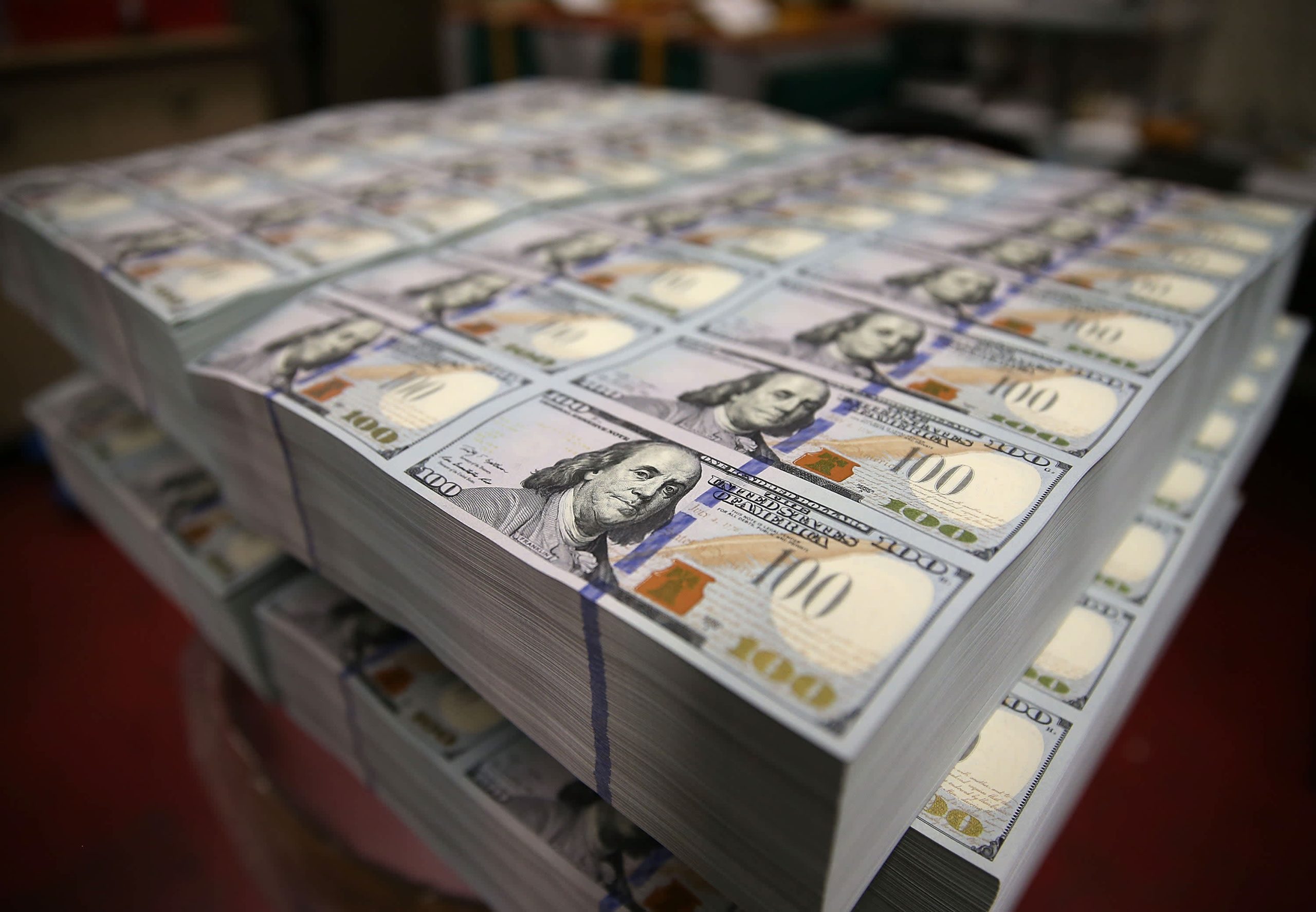Asset-quality risk receding but remains high in several countries
The risk to asset quality of banks in emerging markets (EM) is generally receding from peaks during or before the COVID-19 pandemic, supported by macroeconomic factors, said Moody’s Rating.
It said in a note that EM banks have generally adequate buffers against credit losses, which include pre-provision profitability, credit reserves and capital.
“The buffers are highest in Indonesia, Malaysia, Mexico, Peru and Qatar; they are lowest in Egypt, Colombia and Vietnam, mainly because of capital weaknesses,” it said.
The credit ratings agency pointed out that the risk to the asset quality remains high in Egypt, Nigeria and Turkiye.
Moody’s Rating said the report focused on banks in 16 large EM countries; in Asia, it focused on China (A1; negative), India (Baa3; stable), Indonesia (Baa2; stable), Malaysia (A3; stable), Thailand (Baa1; stable) and Vietnam (Ba2; stable).
On the other hand, Moody’s Rating maintained the view that property-related loans (excluding mortgages) could weaken the credit strength of banks in China, Qatar, South Africa and Vietnam, as could small and medium-sized enterprise (SME) loans in Brazil, Malaysia and Thailand, among other factors.
It said SME loans made up about 20 per cent of gross loans in Brazil, Malaysia and Thailand.
“While this segment is diversified in terms of economic activity, SMEs are inherently more vulnerable to periods of weak economic activity and high inflation, compared with large corporates.
“Although loans to SMEs are often backed by collateral such as property, there is the risk that collateral values suffer steep haircuts in periods of economic turmoil,” it said.
Moody’s Rating





